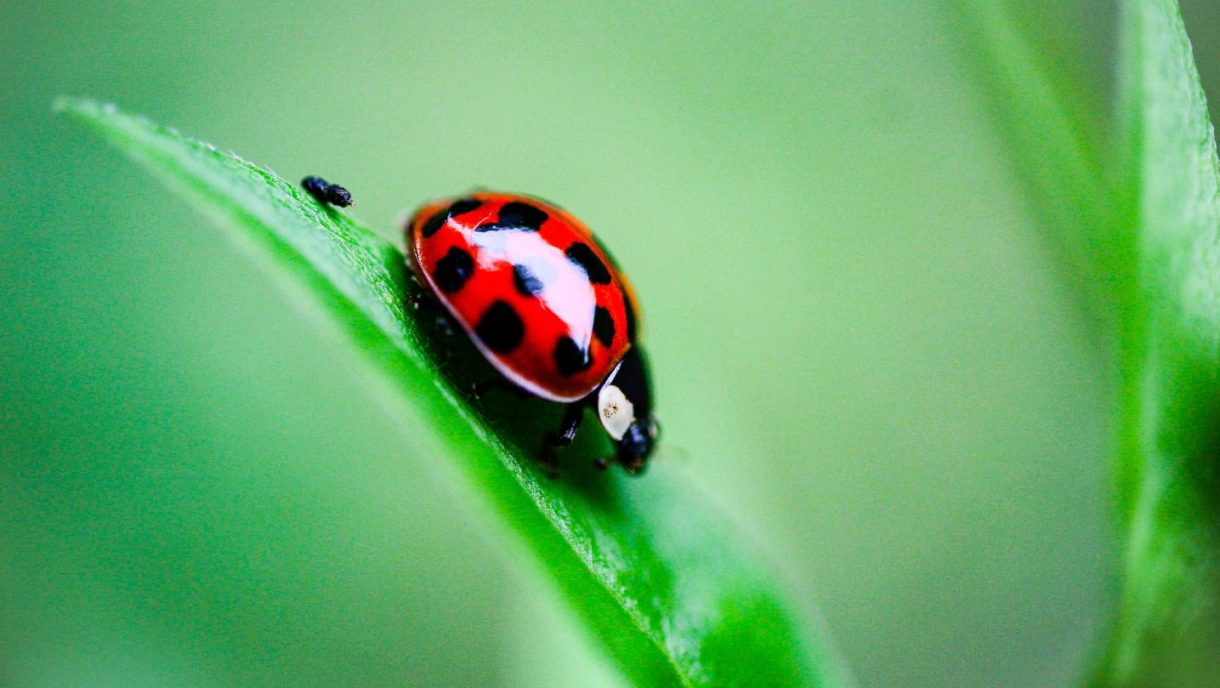There are good and bad bugs; and it’s best to know the difference so less in your garden bugs you…
Bad bugs can feed on our plants and wreak havoc in the garden:
Aphids are some of the worst and grasshoppers can chew up plants like nobody’s business, especially the ginormous ones we have in Florida that look like they are suited up in yellow armor. Termites and ants (which can cover garden plants in black spots and even shorten plant longevity) earn an A+ in garden destruction. Mealy bugs can gather in large quantities (scary, I know) and cause your plant leaves and the fruits of your labor to drop early. Apple worms, cutworms and cabbage worms can be voracious eaters, and cockroaches and earwigs are just as undesirable in the garden. And though they might not really fit into the bug category, snails and slugs can also be devastating to plants. These slimy suckers don’t stop at munching on seedlings. They can spread disease throughout your garden too!
Good bugs help improve soil and nurture a healthy garden ecosystem via pest control and pollination:
The praying mantis eats bad bugs, so we love them. Ladybugs are especially adept at keeping aphids at bay. I should also mention (even though they are annoying little buggers), flies feed on aphids too. Green lacewings also eat their share of insects; and although they are not bugs, lizards and frogs make the garden buddy list for eating numerous insects too! Don’t forget our pollinators, including butterflies and bees. Even flies can help with pollination.
Additionally, the benefits of earthworms are amazing. They may not be insects, but these garden creepy crawlies can aerate garden soil and improve drainage, unlock soil nutrients and even stimulate plant growth and increase the amount of vegetables you are able to produce!

